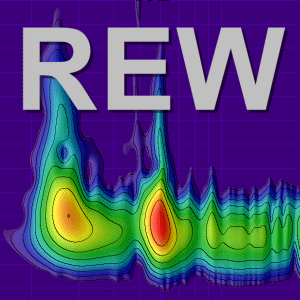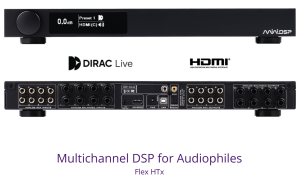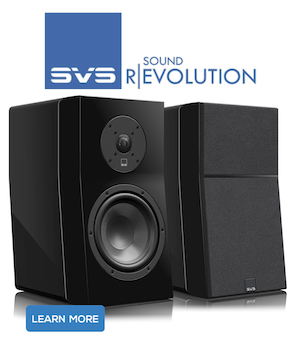I want to say first this post is in no way intended to be critical of REW. I’ve used it successfully for years on various speakers and consider it a great tool (I think at one time I was a member of this forum, but that was some years ago). However, my concern is driven by things I’ve been told recently by speaker manufacturers at shows, regarding their not recommending the use of REW for fear it could damage some of these newer driver technologies - specifically coated beryllium or ceramic tweeters of various sorts. I’m being told the sine sweep, especially at longer sample lengths, could damage these drivers. I have no way of knowing if this could be true.
I always carefully Check Levels and make sure I fall within the recommended operating parameters with REW, so I’m not sure if there’s anything that would hurt these tweeters. Of course my systems are not being inherently overdriven, for example, by poorly matched or underpowered amplification. So I don’t know if there’s any merit to these claims. I do occasionally use longer sample lengths, if that matters.
Guidance here is appreciated.
I always carefully Check Levels and make sure I fall within the recommended operating parameters with REW, so I’m not sure if there’s anything that would hurt these tweeters. Of course my systems are not being inherently overdriven, for example, by poorly matched or underpowered amplification. So I don’t know if there’s any merit to these claims. I do occasionally use longer sample lengths, if that matters.
Guidance here is appreciated.














